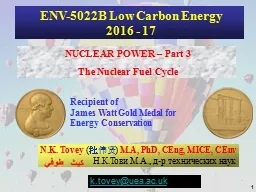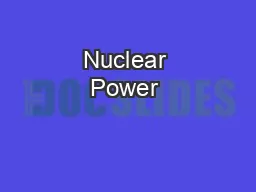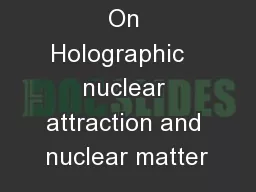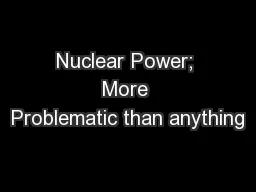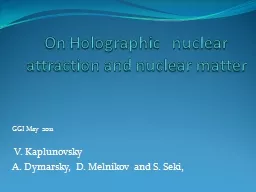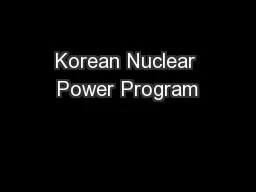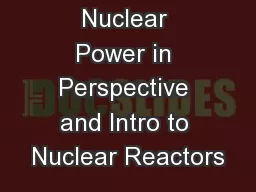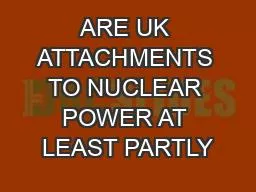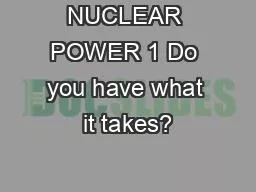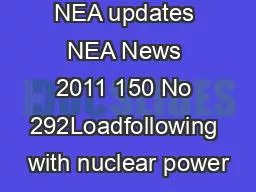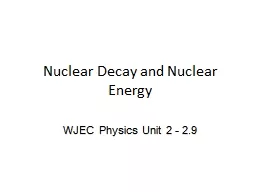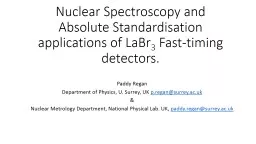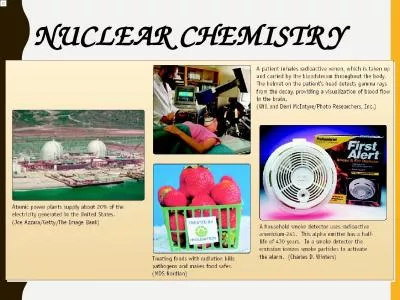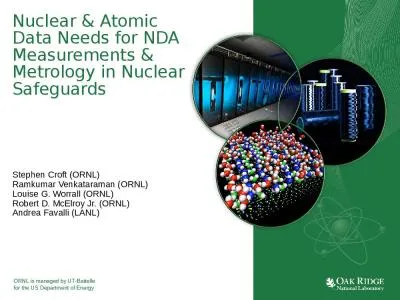PPT-1 NUCLEAR POWER – Part 3
Author : olivia-moreira | Published Date : 2019-12-16
1 NUCLEAR POWER Part 3 The Nuclear Fuel Cycle ENV5022B Low Carbon Energy 2016 17 NK Tovey 杜伟贤 MA PhD CEng MICE CEnv НКТови МА др технических
Presentation Embed Code
Download Presentation
Download Presentation The PPT/PDF document "1 NUCLEAR POWER – Part 3" is the property of its rightful owner. Permission is granted to download and print the materials on this website for personal, non-commercial use only, and to display it on your personal computer provided you do not modify the materials and that you retain all copyright notices contained in the materials. By downloading content from our website, you accept the terms of this agreement.
1 NUCLEAR POWER – Part 3: Transcript
Download Rules Of Document
"1 NUCLEAR POWER – Part 3"The content belongs to its owner. You may download and print it for personal use, without modification, and keep all copyright notices. By downloading, you agree to these terms.
Related Documents

